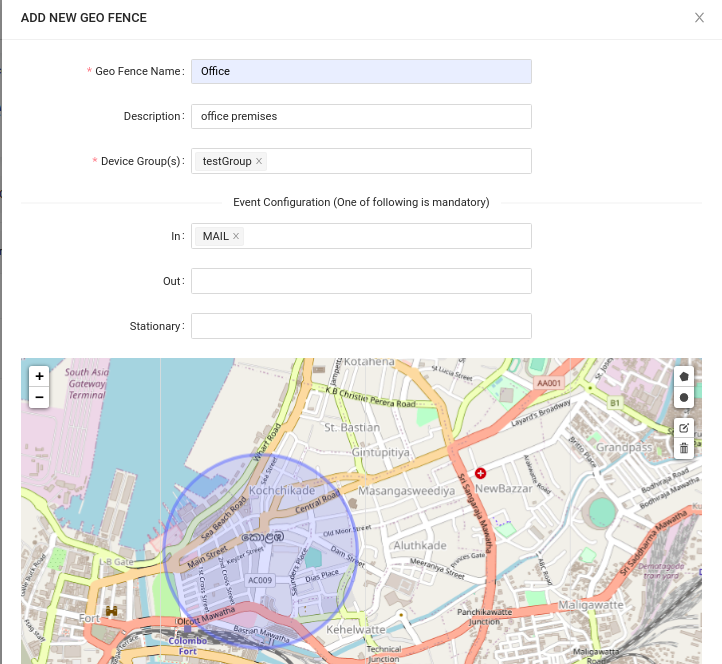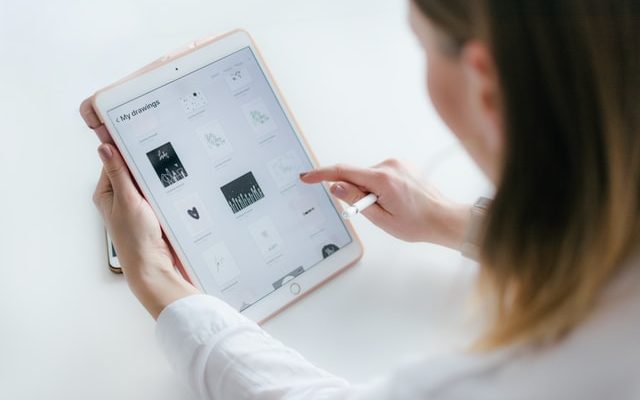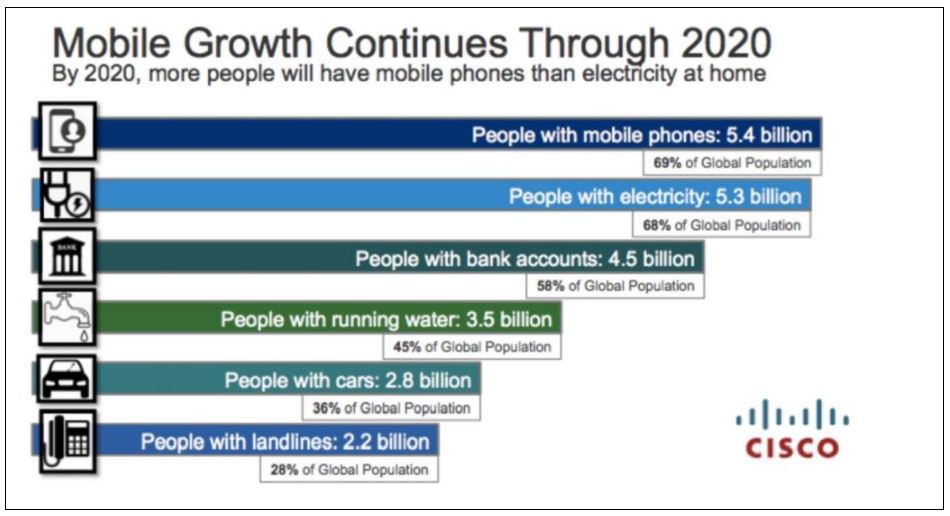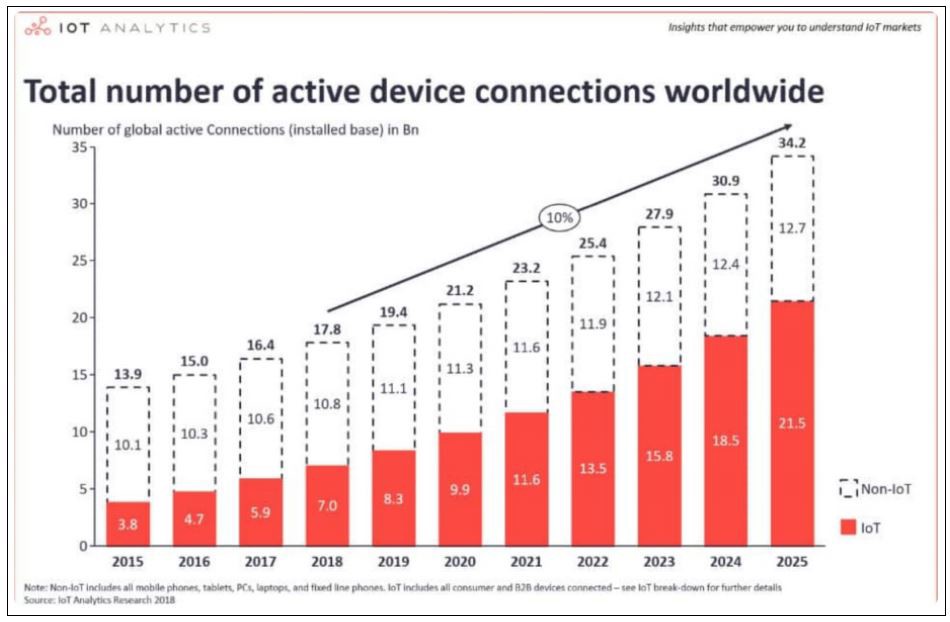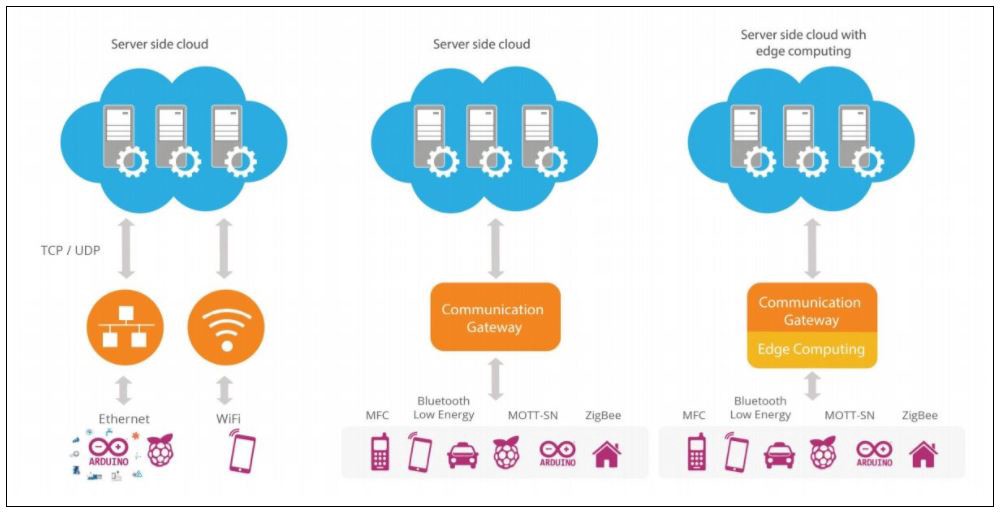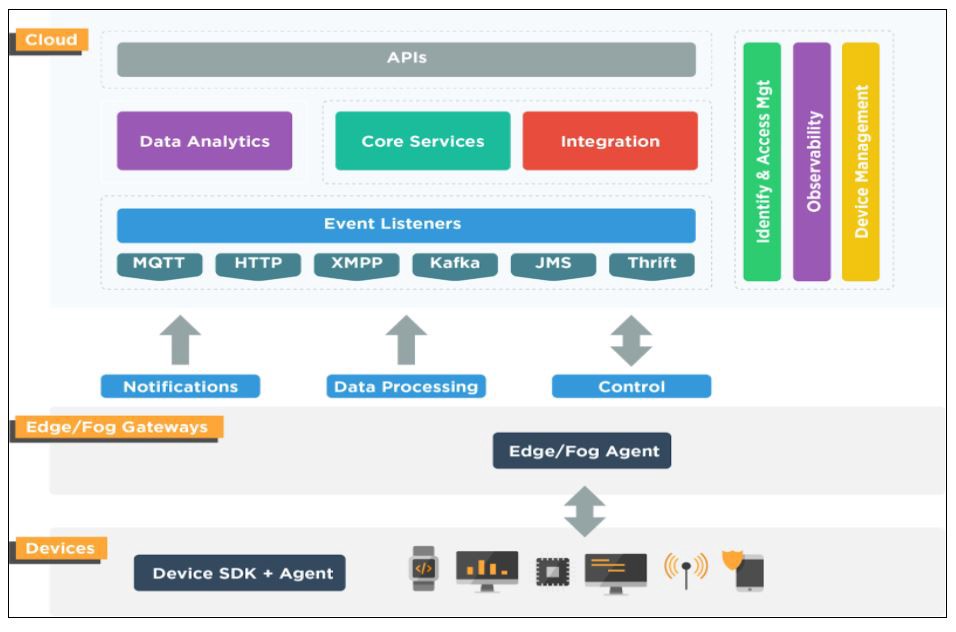Post-Pandemic Business Revival: Where Are We Headed?

The effects of the COVID-19 pandemic continue to loom over us. With hopes of opening countries and returning to normalcy, we take one step forward, only to fall back two, with tightened masks. It surely will be a while before life as we once knew it can be restored.
Thrust with incertitude at all levels from economic subsistence, vocational hardship, healthcare exigencies, and the unpredictability of life in general, our core existential strategy for the last two years has primarily been inclined towards that of basic survival centered around us as individuals, our close-knit families and communities, and the associated temporal assets. The pandemic epiphany has brought about drastic changes in our lifestyles, calling us to revise our priorities with a new reality check in life.
For business enterprises, this is bad news and has been so for the past two years.
The Trending Story In Numbers
As with every historical industrial revolution, the effects of the pandemic will shape the economic trends for the future. Unsurprisingly, there will be an evident increase in remote working. A recent Gartner poll found that 48% of employees will likely work remotely at least part of the time after COVID-19 compared to 30% before the pandemic. Similarly, the McKinsey Global Institute estimates that more than 20% of the global workforce could work the majority of its time away from the office – and equally importantly, be just as effective. A consequent HR trend analysis by them indicates that 32% of organizations are replacing full time employees with contingent workers as a cost-saving measure. Prepped up for this, in a recent Gartner poll, 90% of HR leaders said employees would be allowed to work remotely even once COVID-19 vaccines are widely available.
As indicated by these statistics, we have embraced what worked well from the pandemic and are progressing forward retaining the lessons learned. There’s no going back now. Digitally enabled productivity gains have accelerated the Fourth Industrial Revolution powered by technology and defined by operational models that survived above the pandemic predicaments.
Remote Working or the ability to Work From Anywhere (WFA) is clearly here to stay. So is the hybrid work model as has been discovered in a recent HR trend analysis by Gartner.
Accordingly, the most favorable operational model driving business transformations in the predictable future is that of the Hybrid Work model where employees interact with each other with a mix of distributed, co-located premises synchronously, and/or asynchronously.
Your employees are now empowered with the choice of how best productivity is accomplished – your job is to ensure they are sufficiently equipped to do so.
Are We Ready? Fitting Device Strategy for Your Ecosystem
Managing a digital ecosystem of disparate devices on different platforms can be quite a challenge. Even more so are the conundrums involved with the smooth operation of digital systems whilst being caught unawares by the virus. It is therefore imperative that we make the most of what we have for continued existence of operations under the prevailing constraints.
In one of our recent undertakings, we set out to empower public field officers by helping them digitize their routine tasks. Whilst managing to effectively map the skill sets to devices and the appropriate technology during the project, we also analyzed and outlined how the government administrators in Sri Lanka can benefit from a centralized strategy to monitor and manage the devices deployed in the field.
Ideally, a complete device strategy is woven around the business requirements of the enterprise, its device engagement criteria, product building, operational efficiency, scaling potential, and the extent of available technical support. Value creation from a long-term perspective and sustainability of device deployment with integration are vital aspects to be considered for a productive device strategy.
With our varied Mobile Device Management (MDM) solutions and Internet of Things (IoT) technologies, Entgra can help you formulate the most fitting strategy for your enterprise. Our recommendations precede a comprehensive analysis of your device specifications, their functionality and configurations, defined ownership and administrative policies, pre-work device check, monitoring and their distribution, complete with a pilot run on device deployment in the field. As part of our assistance in managing your ecosystem, we will also help you with App development, identity and access management (IAM) and storage options.
Resilience and Agility: The Way Forward
Resilience, in enterprise terms, is a measure of your ability to swiftly adapt to disruptions while maintaining continuous business operations and safeguarding your employees, assets, and overall brand equity. Resilient organizations are better able to respond and correct their course quickly with changes.
Faced with the adversities introduced by the pandemic, enterprises that are actively taking measures to optimally tackle the changes are positioned with a competitive edge to be able to progressively move forward retaining most of their strength in vying to make the most of the situation.
Building a more responsive organization in terms of infrastructure and operational flow to increase agility and flexibility with room for flexing is therefore of utmost importance. This in turn translates into facilitating seamless workflows and remote working environments against a backdrop of changing and evolving technology usage, both by organizations and individuals.
Entgra offers you a single platform for device integration with comprehensive endpoint management capabilities where you are able to expose devices as APIs securely with identity federation for managing human and device identities. Enabling custom integrations with broad built-in capabilities, and for developing end-to-end applications, our secure, customizable platform can manage all types of devices and applications. Complete with device and endpoint data analytics for systematic decision making, our IoT platform together with our Enterprise Mobility Management (EMM) solutions will enable you to remain resilient, relevant, and flexible to respond to present and future changes.
Get in touch with us to learn more about how we can help you.






